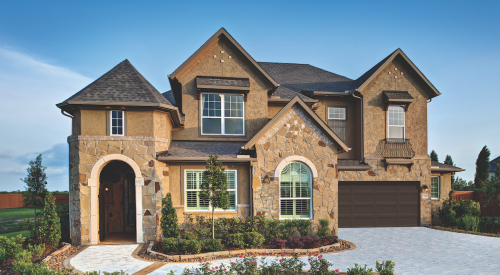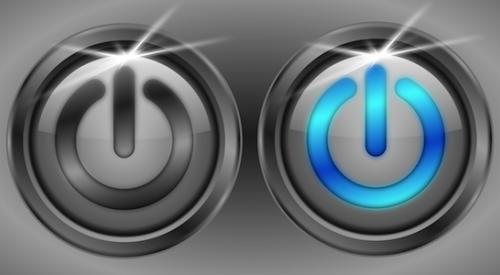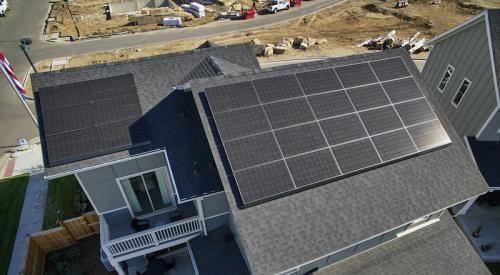A new study, prompted by California's new building energy code, finds that community solar systems may be a more effective and less costly way of meeting zero net energy goals than rooftop panels.
The findings from a study for the Natural Resources Defense Council (NRDC) and National Rural Electric Cooperative Association (NRECA) suggest that the cost of installing community solar to power Zero Net Energy (ZNE) homes would be 30 to 35 percent less than rooftop panels. With the same total cost, a community system could power an additional 80 to 90 ZNE homes in the area. The NRDC explains policies need be adjusted so that such systems could be adopted more easily, "homeowners, builders, and code officials would need assurance that the project is in fact being built, and that it will remain connected to the homes in question, just as a rooftop solar panel would be."
The savings from community solar are due in part to economies of scale, as well the technological advantages of a large, offsite array. Large solar arrays can be adjusted to catch more light throughout the day as the sun moves across the sky, and be oriented in an optimal direction, and thus generate more electricity than rooftop panels. And by offering an offsite location, community solar enables more people to use solar energy, even if they don’t have enough space on the roof or if their rooftop is shady.













